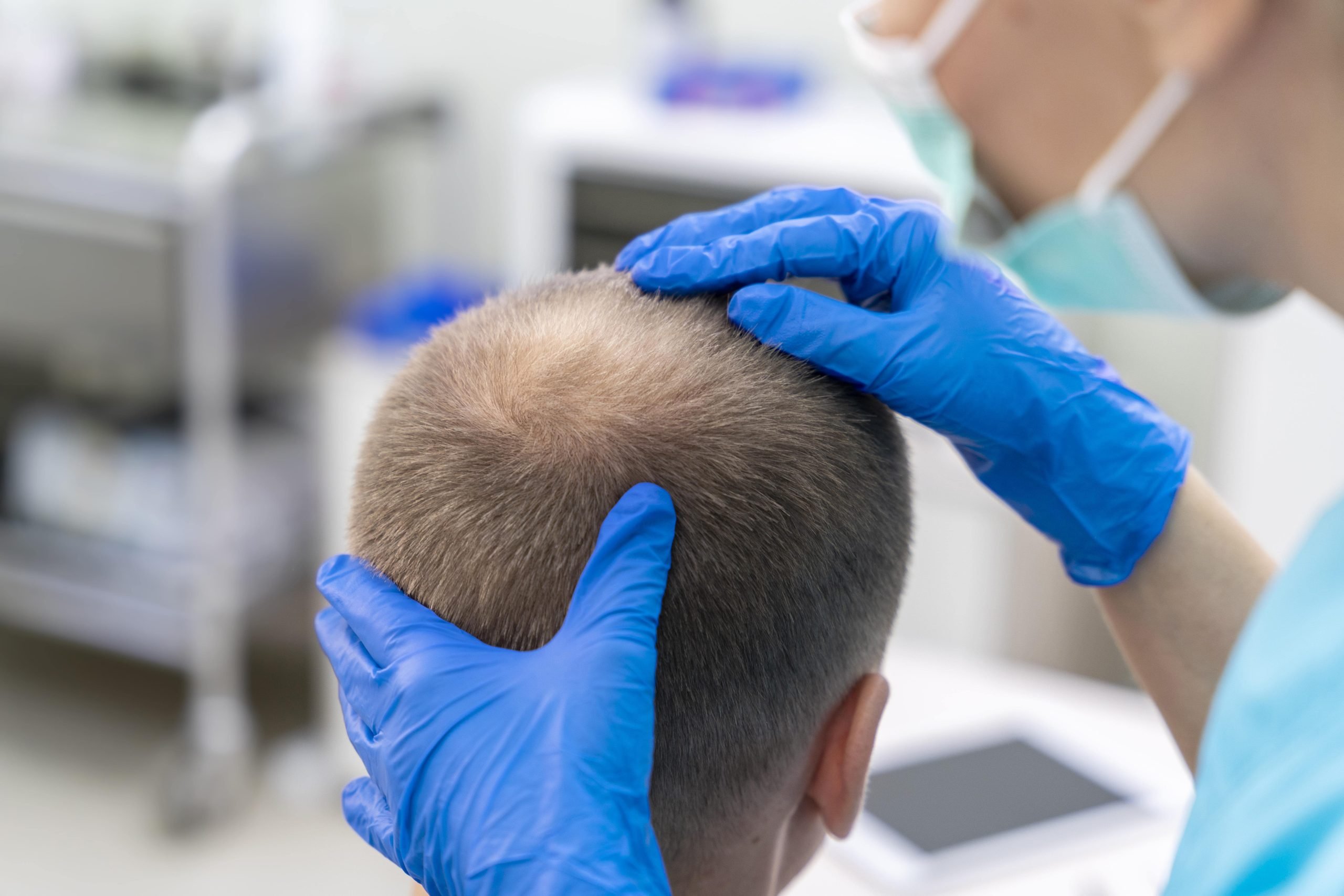Hair transplant in Riyadh, particularly the FUE (Follicular Unit Extraction) and DHI (Direct Hair Implantation) methods popular in Riyadh, are generally considered a permanent solution because the transplanted follicles are taken from the 'donor area' (usually the back of the head), which is genetically resistant to the hormone that causes pattern baldness.
However, the true longevity and quality of the result depend on several critical factors.

Here is a breakdown of what ensures long-lasting, successful results:
🔑 Key Factors for Permanent Success
1. The Procedure and the Surgeon
FactorWhy it Matters for LongevitySurgeon's Skill & ExperienceThis is paramount. An experienced surgeon ensures the grafts are harvested and implanted at the correct depth, angle, and direction to survive and grow naturally, and that the donor area is managed well for future use.Technique UsedModern techniques like FUE and DHI minimize trauma to the grafts and the scalp, leading to higher graft survival rates (often cited at 85–95% in successful clinics).Donor Hair QualityThe transplanted hair is only as good as the donor hair. The density, thickness, and health of the hair on the back and sides of your head are crucial for a full, long-term result.Recipient Site PreparationProper creation of the recipient sites influences the natural look and density of the new hair, ensuring it blends seamlessly with your existing hair.2. Pre- and Post-Operative Care
Adherence to the clinic's instructions in Riyadh is critical for the survival of the newly placed grafts.
- Initial Graft Protection (First 10-14 Days):
- Avoid Touching/Scratching: The grafts are fragile and can be dislodged easily.
- Gentle Washing: Follow the specific, gentle washing protocol provided by your clinic precisely to clear scabs without disturbing the grafts.
- Sleep Position: Sleeping with your head elevated (e.g., at a 45° angle using a neck pillow) is recommended to reduce swelling and protect the recipient area.
- Lifestyle Adjustments:
- Avoid Sun Exposure: Protect your scalp from direct sunlight for at least a month.
- No Strenuous Activity/Heavy Sweating: Avoid the gym, heavy lifting, and activities that increase blood pressure for several weeks, as this can affect graft survival.
- No Smoking/Alcohol: Abstain for the period recommended by your surgeon, as these can impede blood flow and slow the healing process.
3. Long-Term Hair Management
Even if the transplanted hair is permanent, you need to manage your existing non-transplanted hair.
- Managing Future Hair Loss: A transplant doesn't stop hair loss in non-transplanted areas. Your doctor may recommend ongoing maintenance treatments:
- Medication: Finasteride or Minoxidil may be suggested to prevent further loss of existing hair.
- Complementary Treatments: Platelet-Rich Plasma (PRP) Therapy is often used post-transplant in Riyadh clinics to stimulate faster healing, improve blood flow, and strengthen both transplanted and existing hair.
- Diet and Stress: A balanced diet (rich in protein, vitamins like Biotin, Zinc, and Vitamin D) and effective stress management are key to overall hair health and preventing future thinning.
The most crucial step you can take to ensure the longest-lasting result is to choose a highly reputable clinic and surgeon in Riyadh and meticulously follow all post-operative care instructions for the first few weeks.




Comments